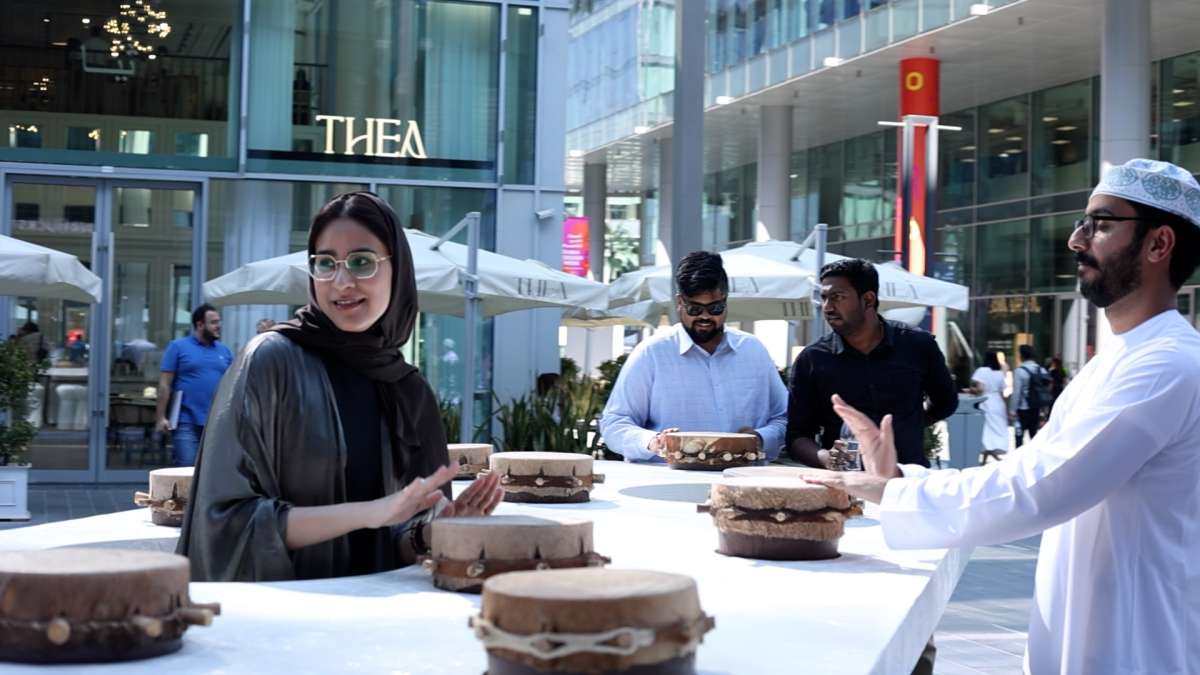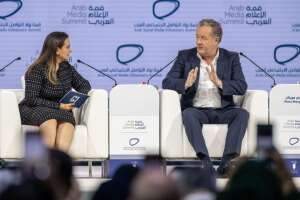Opening Doors to Tradition, Innovation, and Regeneration .. A special report by Soniya Kirpalani; Visuals By Santosh Rai. Over the years, Dubai Design Week 2024 has provided a roadmap for how design can respond to environmental challenges, reimagine culture in modern contexts, and contribute to building a regenerative future. Through this convergence of tradition and innovation, these installations opened doors to new possibilities in the world of design.
In its milestone 10th edition, Dubai Design Week 2024 continues its mission to spotlight the rich design talent of Asia, Africa, and Arabia and the innovative tapestry of creators emerging from this region. Over the years, certain segments of this prolific event have become a dynamic center stage for designers, architects, and creators from these regions to reinterpret and reimagine creative and cultural narratives through their innovative art and installations.
As I explored the event, witnessing the exceptional talent—both established and emerging—I experienced an intriguing intersection of vernacular architecture, regenerative design, and experimental artistry. An intuitive dialogue between past and future unfolded, where traditional creativity was seamlessly meshed with modern interventions. The overarching theme centered on sustainability, environmental awareness, and ecological balance. Many installations drew deeply from ancient wisdom, rooted in local culture, and featured natural or engineered sustainable materials.
Several installations stood out as innovative reinterpretations of the Global South’s creative culture within modern frameworks. These works demonstrated how design and creativity can represent communities, uplift ecosystems, push boundaries, and blend functionality with thought-provoking beauty. A few of the standout pieces included:
TukTuk Dum by Altqadum
This lyrical installation transforms traditional Arabic drums and food tables into a space for connection, creativity, and performance. Rooted in Oman’s rich musical heritage, it invites audiences to create rhythms together, turning them into both spectators and performers. The boundaries blur as individuals sit within, becoming part of the gypsum table. Incorporating traditional techniques and organic materials, TukTuk Dum merges functionality with cultural storytelling, celebrating Arabia’s communal culture as an instrument of interaction and a vessel for creativity.

A Present/Absent Mudhif by Ola Saad Znad
Constructed from locally sourced reeds and mud, this piece reflects the traditional structures used by Iraq’s Marsh Arabs, which have sustained these communities for generations. Iraqi designer Ola Saad Znad pays homage to this heritage with an installation that symbolizes the severe impact of water depletion on the once-vibrant marshlands. The fragmented design features multi-sensory elements, reimagining the Mudhif as an open, inclusive space that emphasizes sustainable materials and the deep cultural significance of traditional techniques, making them relevant in contemporary contexts.

ReRoot by Dima Al Srouri, Dalia Hamati, Andy Cartier, and Rosa Hamalainen
This installation explores emergency housing solutions through an ecological lens. The team innovatively used palm waste and mycelium derived from fungi on wood to create a process that ensures thermal insulation. They designed dignified emergency housing units to empower communities to build sustainable homes. By sensitively designing personal spaces with natural stone finishes, intuitive insulation, and kitchen gardens, the project highlights a community-centric focus, emphasizing ecological restoration and cultural adaptation.

Deep Jyoti Stambh by Ronak Hingarh
Ronak Hingarh offers a mesmerizing glimpse into the deeply rooted culture of India with his kinetic sculpture, which reimagines the sacred Deep Jyotis—lamps of light. Drawing from the ancient tradition of lighting diyas to dispel darkness, the installation abstracts intricate carvings of traditional lamps into a seamless, contemporary cylindrical form. The interplay of light, shadows, and reflections is activated by a rotating base inspired by Buddhist prayer wheels, inviting audiences to participate in a meditative, light-filled ritual. Crafted with modular precision, it bridges heritage and contemporary sensibilities, incorporating cutting-edge architectural and spatial design.

The Therapeutic Pavilion by Aref Maksoud and Sarah Alawneh
Blending the healing qualities of Himalayan pink salt with computational design and AI innovation, this serene, interactive sanctuary was crafted by Aref Maksoud and Sarah Alawneh, students from the University of Sharjah. Constructed with translucent salt bricks and minimal surface geometries, the pavilion balances structural efficiency and visual elegance, offering a calming space for reflection and engagement. This environmentally conscious installation invites interaction with its tactile surfaces and soothing ambiance, showcasing the fusion of advanced technology and natural materials to redefine design’s role in promoting wellness.
Over the years, Dubai Design Week has provided a roadmap for how design can respond to environmental challenges, reimagine culture in modern contexts, and contribute to building a regenerative future. Through this convergence of tradition and innovation, these installations opened doors to new possibilities in the world of design.


ALSO READ: Dubai design week returns for 8th edition
ALSO READ: UAE unveils Mangrove Alliance for Climate Strategy













